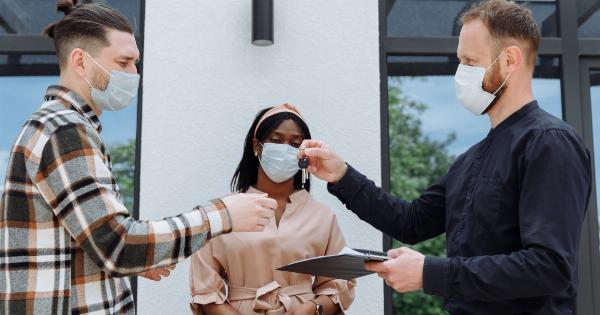Leukemia is a type of blood cancer that affects the bone marrow, the soft, spongy tissue that produces blood cells. There are several different types of leukemia, but they all involve the abnormal growth and proliferation of white blood cells.
Leukemia can be fatal if left untreated, but early detection and treatment can lead to remission.
Myth #1: Leukemia Is Caused by Exposure to Radiation
While it is true that exposure to high levels of radiation can increase the risk of developing leukemia, it is not the only cause. In fact, the majority of leukemia cases have no known cause.
Some studies have identified certain risk factors that can increase the likelihood of developing leukemia, such as smoking, exposure to certain chemicals, or a family history of the disease.
Myth #2: Leukemia Is Contagious
Leukemia is not contagious and cannot be spread from person to person. It is a genetic mutation that occurs within the cells of the body, and it is not caused by a virus or bacteria.
Myth #3: Leukemia Only Affects Children
While leukemia is more common in children, it can affect people of all ages. In fact, the majority of leukemia cases are diagnosed in adults over the age of 55.
However, some types of leukemia, such as acute lymphoblastic leukemia, are more common in children.
Myth #4: Leukemia Is Always Symptomatic
Not all cases of leukemia cause symptoms, especially in the early stages. In some cases, leukemia may be detected during routine blood tests or physical exams.
However, some common symptoms of leukemia include fatigue, weakness, fever, weight loss, and frequent infections.
Myth #5: Leukemia Is Easy to Diagnose
Diagnosing leukemia can be challenging, as many of the symptoms are non-specific and can be caused by a variety of other conditions. Additionally, different types of leukemia may present with different symptoms.
Diagnosis typically involves a combination of blood tests, bone marrow biopsies, and imaging tests.
Myth #6: Chemotherapy Is the Only Treatment Option
While chemotherapy is a common treatment for leukemia, it is not the only option. Depending on the type and stage of leukemia, other treatments may include radiation therapy, targeted therapy, or stem cell transplant.
The best course of treatment will depend on several factors, including the patient’s age, overall health, and the extent of the disease.
Myth #7: Leukemia Is Always Fatal
While leukemia can be a very aggressive and deadly disease, it is not always fatal. With early detection and treatment, many people are able to achieve remission and lead normal, healthy lives.
However, the prognosis for leukemia varies widely depending on the type and stage of the disease, as well as the patient’s overall health and response to treatment.
Myth #8: There Is Nothing You Can Do to Prevent Leukemia
While there is no surefire way to prevent leukemia, there are some lifestyle changes that may reduce the risk. These include avoiding exposure to harmful chemicals, quitting smoking, and maintaining a healthy diet and exercise routine.
Additionally, some studies have suggested that certain nutrients, such as vitamin C and folate, may help reduce the risk of leukemia.
Myth #9: All Types of Leukemia Are the Same
There are several different types of leukemia, each with its own unique characteristics and treatment options.
The four main types of leukemia are acute lymphoblastic leukemia (ALL), chronic lymphocytic leukemia (CLL), acute myeloid leukemia (AML), and chronic myeloid leukemia (CML). Treatment for each type of leukemia will depend on the specific features of that type, such as the age of the patient, the presence or absence of genetic mutations, and the extent of the disease.
Myth #10: Only Oncologists Can Treat Leukemia
While oncologists are trained to treat cancer, they are not the only medical professionals who can help manage leukemia. Other specialists, such as hematologists or transplant specialists, may also be involved in the patient’s care.
Additionally, a team of healthcare professionals, including nurses, social workers, and pharmacists, may also be part of the patient’s treatment team.





























